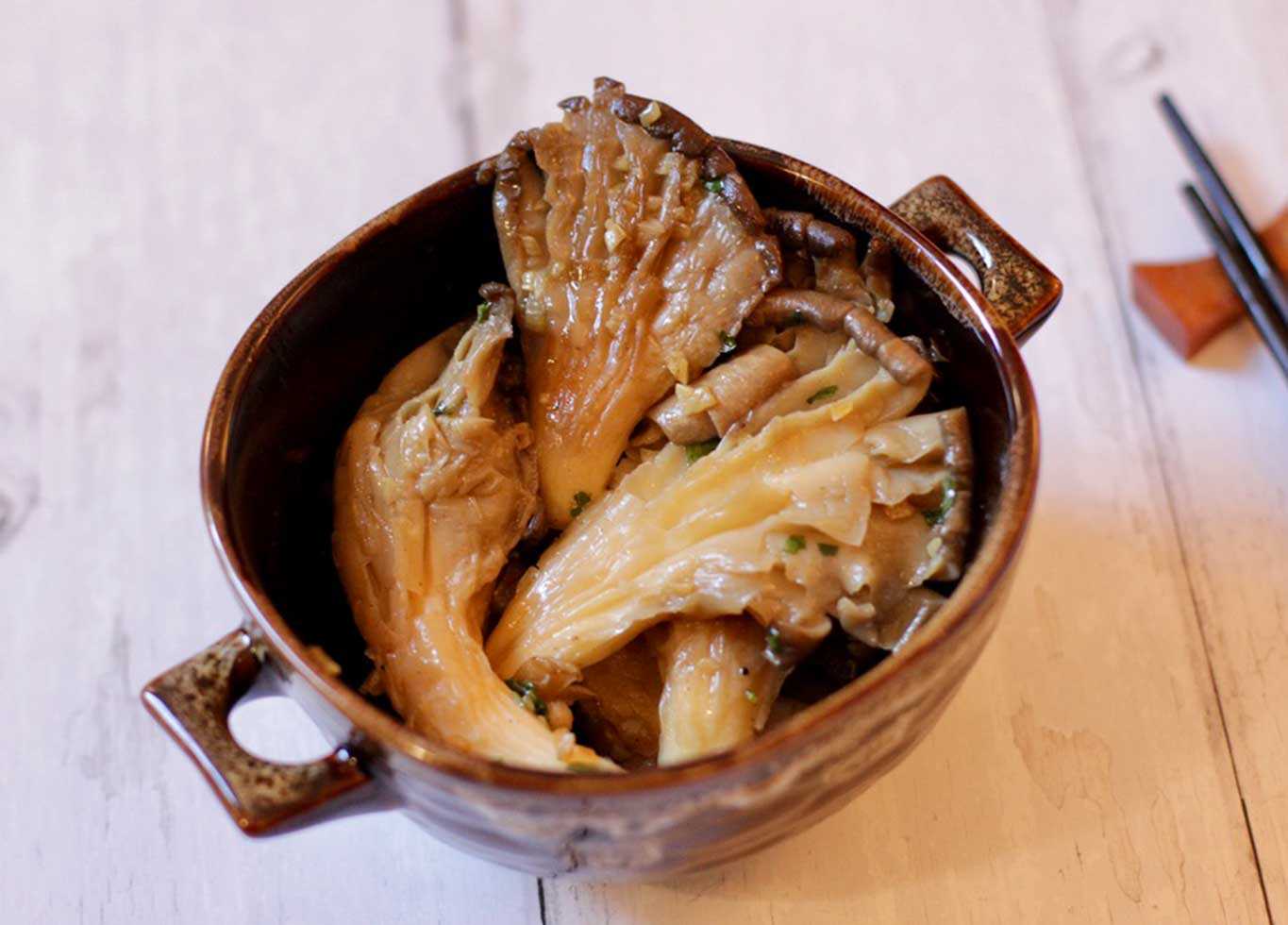


One of the most critical nutrients for our body, iron is used as a building block for a protein in the blood called hemoglobin. This is what transports oxygen through the blood and to all organs and tissues, which is absolutely essential to our health. Iron is also stored in the body in ‘iron stores’ called ferritin. Consuming enough iron for our body to function correctly is critical, but getting the amount one needs is a delicate balance. Too little or too much of iron in the body can cause serious health problems.
There are two types of iron that can be consumed through food: Heme and non-heme.
Heme iron: Comes from animal products. Examples: red meats, chicken, beef, liver, oysters, clams and mussels.
Non-heme iron: Comes from plant-based sources, Examples: chickpeas, edamame, lentils, pomegranate, dark leafy vegetables like kale, swiss chards and spinach.
Recommended iron intake: The recommended daily iron intake is about 14-15mg for those aged between 19 to 50. The intake should be lowered for children and adults over 50 to just about 8-9mg a day.
How much a body absorbs differs from person to person.
Iron absorption brings with it an interesting balance of food intake that contains other micronutrients. Non-heme iron is not as bioavailable as heme iron.
This is why those who eat plant-based diets are more prone to iron deficiencies. To stay away from side effects of iron deficiency, increase intake of foods rich in vitamin C, as that increases the bioavailability of iron in the body. A simple way to do so would be to add a squeeze of lemon juice to lentil soup or have a cup of overnight oats topped with strawberries.
Garlic and onions have also shown to increase bioavailability of non-heme iron when eaten with iron containing food.
If there are foods that boost iron absorption, there are also foods that inhibit it. Food that contain high levels of calcium, tannins or phytate (nuts, grains, legumes) inhibit iron absorption in the body.
